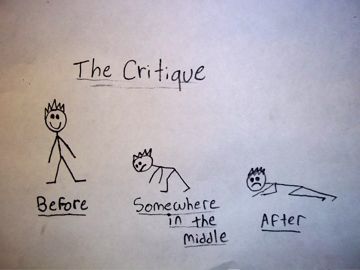Eng. 121
3/2/16
There is more to research than meets the eye
While reading through a comic strip Research: More Than Detective Work it seems at first glance a work of a modern day mystery case, only to have the detective already have an answer for the murderer in what seemed to be a quick, lucky, and educated guess. In truth however the process of that guess was the work of a more sophisticated but old form. Organizational techniques that worked to help out with the capture of the criminal and the comic strip in turn, throughout the strip, implores the reader to understand that having organization techniques when doing research papers is beneficial because even though it sounds tedious the payout works in the favor of the writer.
With everything now being eletronic from writing messages to looking for a good place to eat it makes sense that doing research papers should be pretty easy to do, especially with all the information at the tips of the writer, but there is more to research than looking. First and foremost as the comic strip says it is good to have keywords, good labels, or tags to simply have a good way to find the points in the research paper faster. In turn it was interesting to hear that when looking for sources there are two main points to look at primary, and secondary sources. Primary sources are characterized as anything from experimental results, to field research, and even first hand witness reports if the witness was involved or a spectator. While secondary sources go to descriptions, analyzations, and interpretations of primary sources. Another point that was interesting was that it was good to look for quality and quantity of sources, have them wide from interviews, to books, historical accounts, and debatable materials to have a better grasp of what the writer is trying to prove.
When trying to write a research paper it is important to identify what is a primary and secondary source so that no confusion arises from having the two sources expand, or form with each other from the point of the primary source. While having files, and clear labels to go back on for easy to reach sources, and accounts with any sub categories to help connect the paper together in a concise format.
Overall the time consuming effects of a research paper pay off to the writer in the long run as they will be able to understand where there paper will go, have good sources t back up any claims and the organizational skills to effectively create a clear well thought out and flowing paper.
-Jonathan








